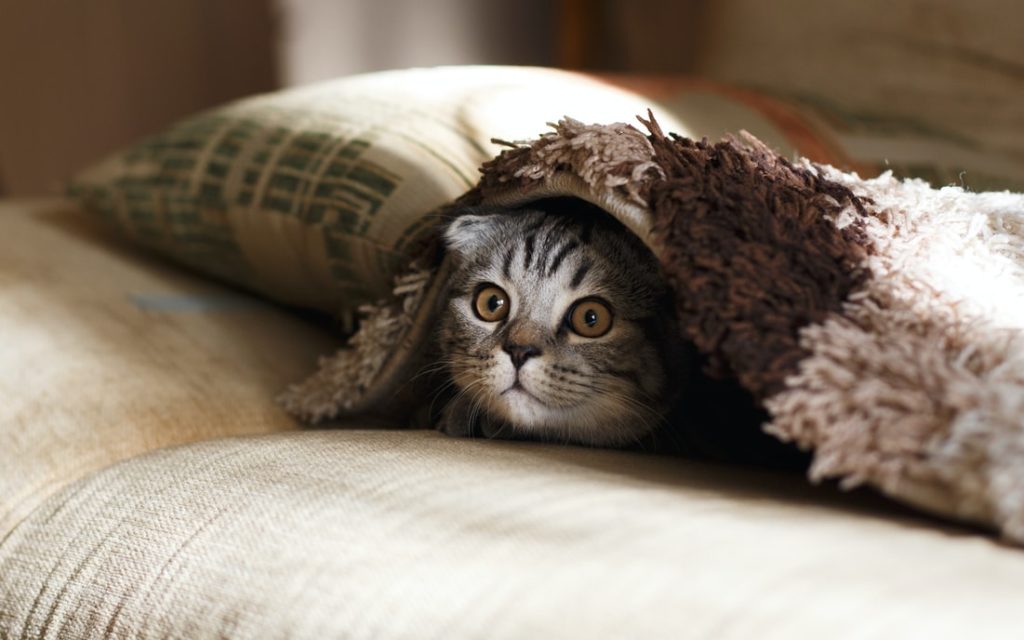There is a new study that revealed a technique for how humans can better bond with cats. Slow-blinking may aid in improving human-cat interactions as it has been found to help people bond with their feline friends.
Scientists from the United Kingdom’s University of Sussex and University of Portsmouth wrote in their study, “Our results suggest that slow-blink sequences may function as a form of positive emotional communication between cats and humans.”
Slow-blinking is a process of making eye contact with a cat and then slowly closing and opening your eyes. Cat behavior experts have long suggested that a cat slow-blinking at a human is a sign of trust and comfort.
In the past, many experts have suggested that humans must slow-blink at cats to communicate positive feelings and help make the cats more comfortable. This new study suggests they were right.
The researchers conducted two experiments to investigate the slow-blink phenomenon.
The first experiment involved 21 cats from 14 different households. Researchers took a video of the cats’ responses when their owners slow-blinked at them in their homes. They also took a video of how the cats behaved when their owners were present in the room but not interacting with them.
The second experiment involved a different set of 24 cats that came from different households. In this one, researchers videotaped how each cat responded to a slow-blink from one of the researchers―a stranger to the cat―versus a neutral expression without direct eye contact. (The reason the neutral expression lacked direct eye contact is that there are evidence cats interpret sustained direct eye contact as a threat.) After each trial, the researcher extended a hand toward the cat.
The researchers found multiple things suggesting slow-blinking could be an effective way for humans to communicate with cats.
The cats were more likely to slow-blink at their owners if the owners slow-blinked at them first. They were also more likely to slow-blink at a stranger (the researcher) if the stranger slow-blinked first. And when the researcher extended a hand toward the cats, the cats were more likely to approach if the researcher had slow-blinked first.
Even with these findings, it is not absolutely clear why slow-blinking may have this effect. However, cat behaviorists have previously said that cats typically slow-blink to signal that they are content and relaxed. Similarly, cats close their eyes to indicate that they feel safe with the present company.
Additionally, slow-blinking may simply help disrupt the unbroken stare that cats may see as threatening, lead study author Tasmin Humphrey said in the release.
Understanding positive ways in which cats and humans interact can enhance public understanding of cats, improve feline welfare, and tell us more about the socio-cognitive abilities of this understudied species.
Our findings could potentially be used to assess the welfare of cats in a variety of settings, including veterinary practices and shelters.
The study was published in the journal Scientific Reports.
Anything to add to this story? Share your thoughts with us.
Do you have a story for the WhenInManila.com Team? Email us at story.wheninmanila@gmail.com or send us a direct message at WhenInManila.com Facebook Page. Interact with the team and join the WhenInManila.com Community at WIM Squad! Join our Viber group to be updated with the latest news!





